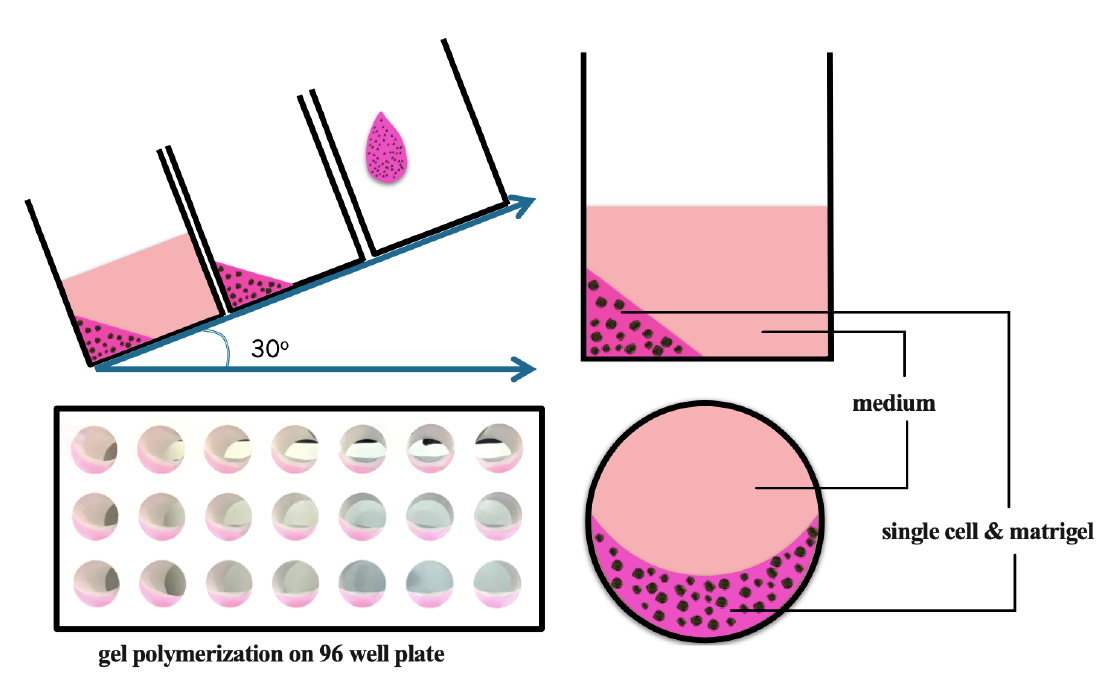Anti-tumor activity of plant extracts against human breast cancer cells are different in monolayer and three-dimensional cell culture screening models: A comparison on 34 extracts
DOI:
https://doi.org/10.15419/bmrat.v7i3.593Keywords:
breast cancer, drug screening, natural extract, CD44 CD24-Abstract
Introduction: The monolayer cell culture model is a popular model for screening anti-tumor activity of plant extracts. However, almost the extracts selected for screening in this model have failed in subsequent animal models. Therefore, there is only about 5 % of candidates from the original thousands of drugs that are screened which ultimately reach clinical trial. This study aimed to compare the differences in anti-tumor activity of 34 plant extracts against breast cancer cells in 2 models of monolayer cell culture (2D) and in three-dimensional (3D) cell culture.
Methods: Four breast cancer cell lines (MCF-7, CD44+CD24- MCF-7, VN9, and CD44+CD24- VN9) were used to generate the 2D and 3D models (the 3D model was developed by culturing breast cancer cells in matrigel). The extracts were got from the plant extract library that prepared in the previous study. The anti-tumor activity was evaluated via half inhibitory concentrations( IC50 values).
Results: Of the 34 extracts, E12, E7, E5 and E6 of them had an effect on MCF-7, CD44+CD24- MCF-7, VN9 and CD44+CD24- VN9 cells, respectively. The results indicated 10 potentially strong candidates for future drug development targeting hypoxic areas in breast cancer.
Conclusion: The 3D culture model exhibited higher resistance to extracts than the 2D culture model. The CD44+CD24- cell population of both VN9 and MCF-7 cell lines showed higher drug resistance than the original cell lines (VN9 and MCF-7).

Published
Issue
Section
License
Copyright The Author(s) 2017. This article is published with open access by BioMedPress. This article is distributed under the terms of the Creative Commons Attribution License (CC-BY 4.0) which permits any use, distribution, and reproduction in any medium, provided the original author(s) and the source are credited.
